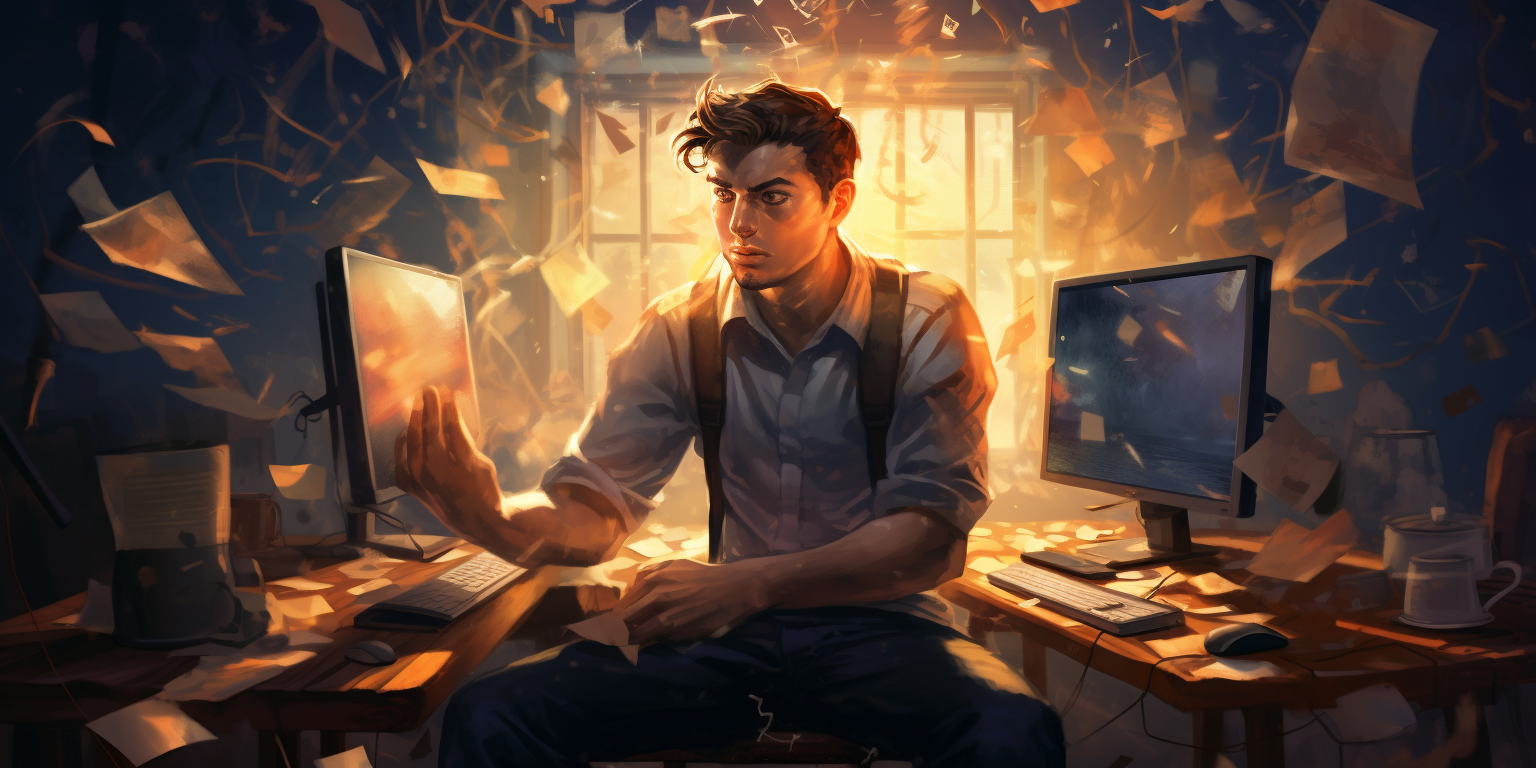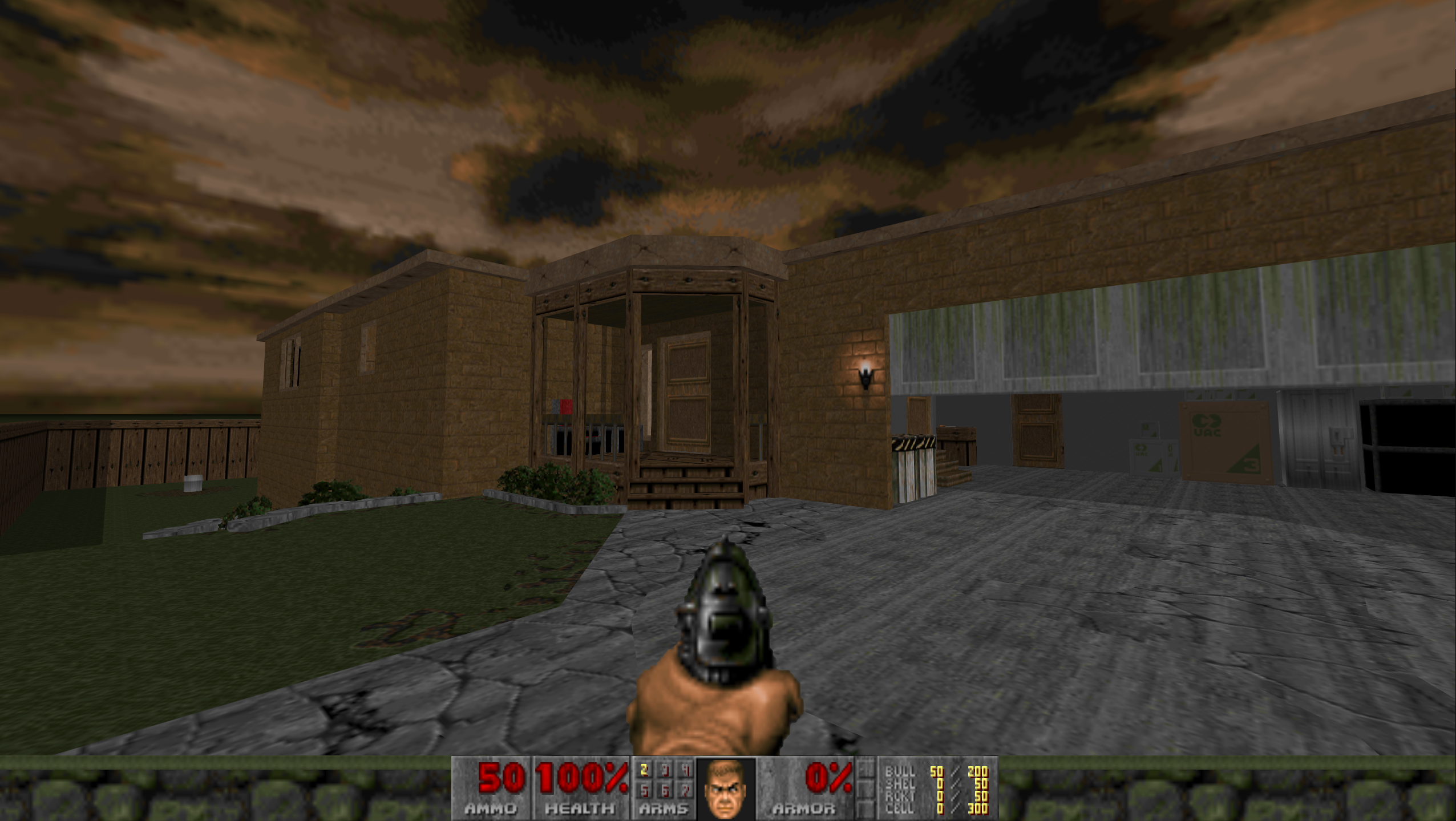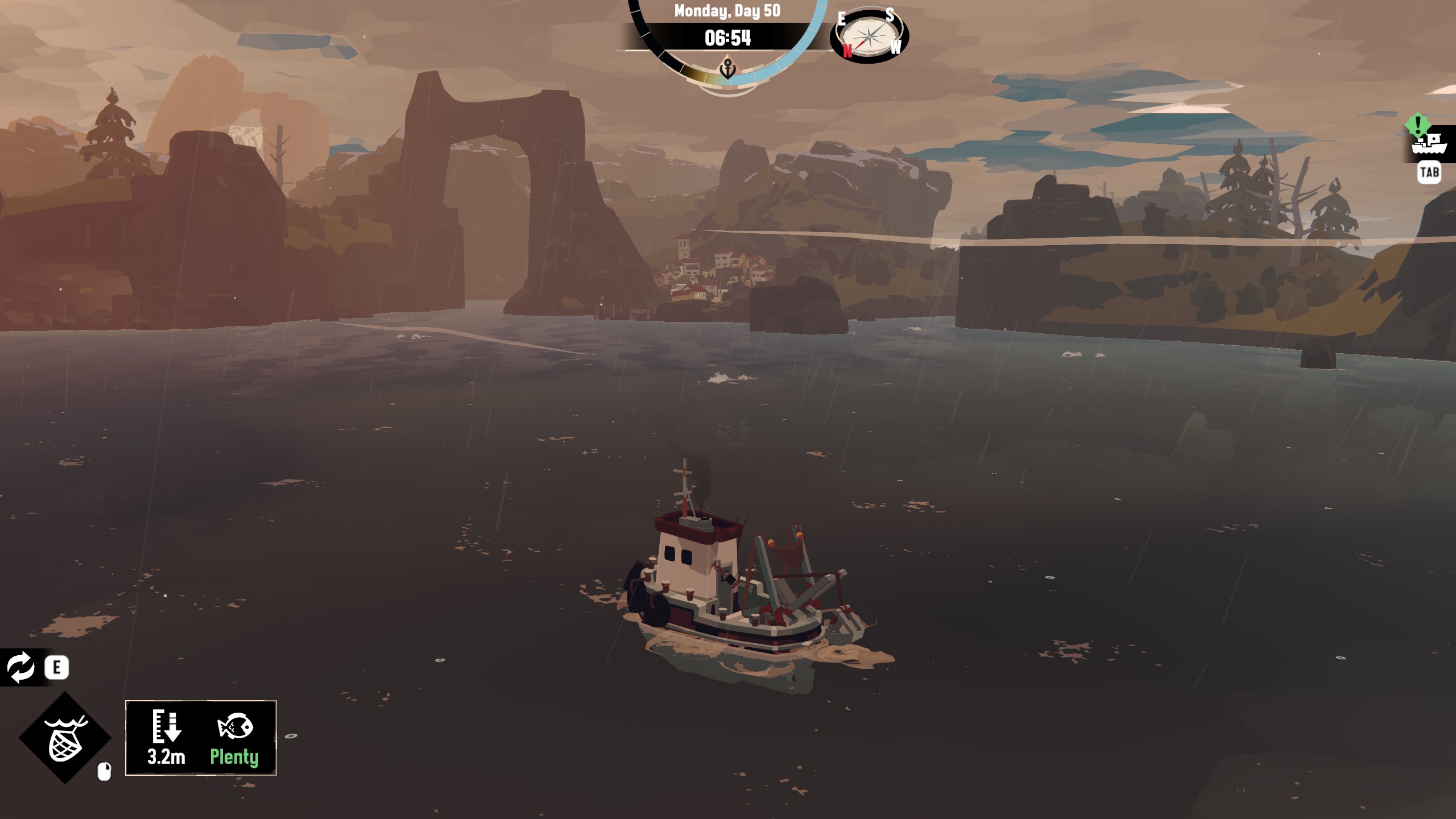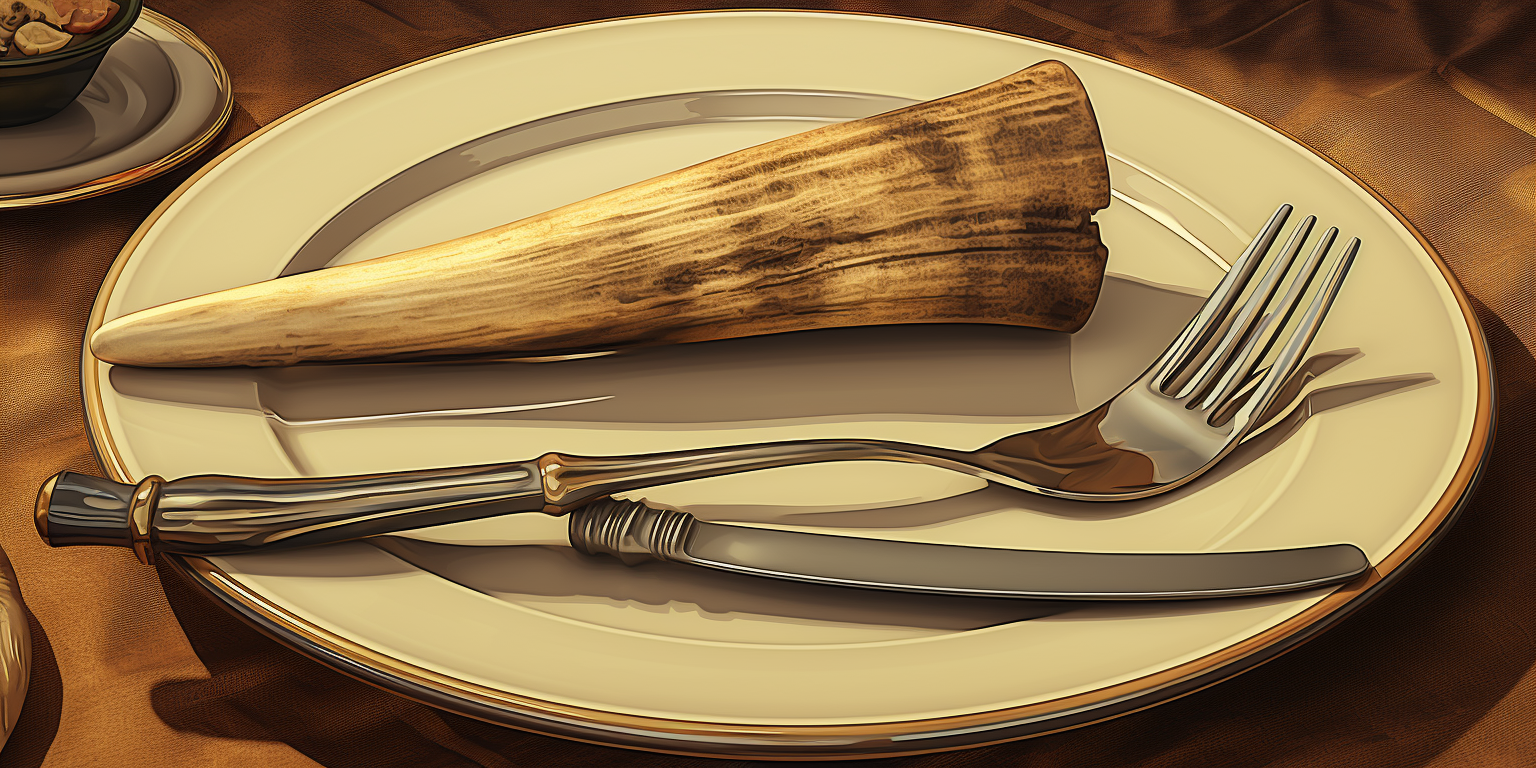The Creative Process #13 - Breaking the Curse
In which our protagonist attempts to catch lightning a second time

In May 2023 I booked out two weeks of leave to focus on my year-long project, Hand Me Down. It was an early surge to position myself well for publishing the game in IF Comp 2023. Due to bad fortune and bad planning, I did not do so well.
Digging deeper into my well of work leave, I have chosen to do another surge, for the first half of August. I don’t really have the luxury to have another before IF Comp is due. So as the poker players say… “I’m all in.”
Go all in by subscribing, for free, to my monthly newsletter!
Strange Endeavours
In attempting to have a steady flow of work through to the end of September, I’ve been mindful of the need to chill out occasionally and experience new things. Throughout my evenings I’ve sprinkled in a little bit of gaming. I no longer chase the current zeitgeist or AAA wonder. I missed the new Zelda (I’m still only a tiny way into the previous one!) I resisted Elden Ring.
The continually-excellent Substack Things I Think Are Awesome by Lynn Cherny finally convinced me to play Myhouse.wad, a peculiar Doom II mod. As a teenager I used to make Doom II levels, including the standard trope of your own house or school. The Columbine Massacre took the shine off that, but I still remember all the idiosyncrasies of Doom II level making.

Myhouse.wad is a Doom II level like no other. Lynn does a great job explaining its origins, but it’s especially interesting for people who know some of the limitations of Doom II and how the game plays with it. While I won’t ruin the exploration, if you like House of Leaves or Subcutanean, you might like this.
In an attempt to find something with exploration and a relaxing pace, I found Dredge, which is both exactly that and exactly not. You are a fisherman in a little archipelago. You are gifted a rusty old boat and sent on your way to find your fortunes. Under the surface, however, things are not as cozy as it might seem.

The world has a Cthulhu-esque streak through it. While you might be bringing up lovely red cod by day, at night things turn weird. Your net might pull up fish with far too many eyes, or worm-infested crabs. Which you can sell. Or give to villagers with dark desires. Fun!
While pootering about in your boat sounds pretty limited, they’ve got a lot of different areas and gameplay. There are little quests and things to explore. Upgrading your boat might require you to take larger risks and venture out into scary places. Just don’t get caught out at night. Just. Don’t.
To continue the theme of weird, but less nautical and more botanical, I played most of the way through Strange Horticulture. You run a special horticulture store, collecting and cataloguing all sorts of plants and fungi. You can help an old man with his memory with a Lady of Summer. You can befriend a cathedral of secretive monks with Embersoul. You can assist a dark cult summon an even darker soul with elixirs and unguents. You can pet a cat.

The primary puzzle in Strange Horticulture is recognizing plants from brief descriptions. This shears real close at times to “What is the writer thinking of?” but is usually pretty decent. There are also a number of puzzles involving a map and some extra items. It’s all very cozy and suffused with evil.
I don’t know who summoned it back into my brain, but I’ve been looking at Magic the Gathering again. They probably tapped a few lands to do so.
I played Magic the Gathering (MtG) as a high-schooler, many decades ago. I had a little collection of cards (note to self: Where is that potential treasure chest?! And can I hire a hitman to get back that original Black Lotus that kid stole from me) I never took the game too seriously. I played all sorts of computer incarnations of it, including a brief spell of Hearthstone.
I like the idea of MtG. It’s a big pile of mechanics that lock together in unexpected and fantastic ways. The art is cool. I just cannot be bothered playing against other people. Whenever something touches player-versus-player in any great way, inevitably there is some deep, boring meta and you don’t get to play the game, you have to work the game. I have enough work already, so I won’t go far with MtG. I have played a few rounds on Arena, which is fun.
I remember where the mind-bug came from! Mark Rosewater was interviewed on The Game Design Round table, and his love and philosophy for the game was quite infectious. I’m drawn to the design space of keeping mechanics limited, but constantly expanding the landscape in which they play. The podcast gave me ideas to think about for my on-the-backburner roguelike game. You can explore similar ideas in roguelikes rather than competitive card games.
The Old and the New
Elon Musk’s clumsy rebrand of Twitter as X has to be one of the most exasperating moves in a series of exasperating moves. John Bull wrote a fascinating history behind the move.
I don’t post there any more (except for this attempt at prognostication/trope identification). I barely hold on because some interesting people refuse to leave and refuse to stop posting interesting things. Though changing all the branding to the aggressively porn-y blackboard-bold maths “X” has been fantastic in discouraging me in opening the app.
Google’s attempts to lock down the web seem pretty gross. The continuing story of corporate enshittification of not only their own products, but public commons is disturbing. I’ve noticed a little kick back to people recommending people just build their own websites, eschewing LinkedIn, Medium and other website-surrogates. People are hungry for RSS again.
In a similar way, people have been suggesting a counter-surge in art. There’s of course the protests in Hollywood, and general hatred of AI art.
I’m interested in the more quiet discussions. People are trumpeting the use of AI art to make big budget films from their desktop. But they always do the very cinematic stuff with sweeping vistas and impressive architecture. No-one has a clue how to effectively block out a scene of two characters sharing plot-relevant information, even though that is bread-and-butter for any movie. What’s easy can also be hard.
Someone also suggested this for recent art styles. Originally games had a pixel art style which was discarded for more realistic 3D games. But the techniques of pixel art just improved, and now it’s not a sign of artistic limitations, but an artistic choice. Will everyone have their fill of Marvel-vs-DC CGI catastrophe-fests and get a buzz off subtle, well-staged acting and clever writing?
Probably not on the whole, but there probably will be some sort of future for art yet.
Preparing for the Surge
This month I made a decision. I felt out the room on AI art for IF Comp entries. It really seemed like people were ambivalent at best to it, but quite a few people were upset by it. Which is understandable.
Given the months to go until IF Comp, I needed cover art for the game, so started looking around for artists who might do a commission for me. I already know a few, but felt like I couldn’t ask them this time around. I sought out someone new, and she’s been great. It means that my IF Comp entry is now costing me my time and my money, but I think it’s worth it.
The artwork will be finished soon, so I can focus on the game and not the cover art. To that end, I’ve been trying to block out my time for my two weeks off. I didn’t want to be too prescriptive, but had to balance a few family things, versus my To Do, versus what is realistically achievable. It makes for a funny calendar, though - “Ballet exams” are just near “Monster costume” and “More snail conversation”.
I want to make sure I keep a balance of productivity and not burning out. I’m trying to keep expectations low and resilience high. One thing that helps these is looking after myself. Taking the time out for the ritual of a proper matcha tea. Doing some exercise. Perhaps burning an afternoon and seeing a movie.
On a micro level, I want to continue experiments with Implementation Intentions, which are also called “Habit stacks” in James Clear’s book on Atomic Habits. The idea is to make little specific rules for yourself. If I’m having lunch, then tidy up the kitchen while I’m waiting for lunch to heat up. If I’ve been working for an hour, walk to the other end of the house and back. If I open up YouTube without a specific thing in mind, scream “NO!” and shut down the browser. That sort of thing.
The Dark Side of Eating an Elephant
But for the most part, this surge is elephant eating - just take one bite at a time, and don’t be discouraged. I’ve already been working on this project for most nights for a year. I still enjoy the project and like seeing it stitch together.

The dark side is when I look up from the keyboard. You shouldn’t judge your own creative work by anyone else’s. But it’s tempting.
It invites in shadowy influences like fear. Am I writing garbage? Is the project going to be an embarrassment, where the right thing to have done is obvious to all and sundry, but not me? Will I have invested hundreds of nights at the keyboard for disappointment and shame?
It invites in worse influences like jealousy. Friends who can smash out successful project after successful project. Friends who could write more in two months after having a baby than you ever could, seemingly immune to the lack of sleep that completely destroyed you twice over. These thoughts are unfair, and probably omit the full reality of the situation. They come unbidden at night and sit on your chest, poking you for attention and validation, and won’t wait for clarifying details.
The reason I am eating this particular elephant and licking the plate clean is that for too many years I’ve invested huge amounts of time into previous projects, and then abandoned them before they were complete. You can’t recycle time. Partly finished projects are educational, but a finished project is educational and produced something.
So amidst the drudgery of describing yet another door or table, I have to be wary of my mental state and outlook. I have to keep it light, productive and realistic. The thing that dark things hate the most is light.
An Open Door
One last thing of interest from this month I got from Chris Biscardi. He makes great YouTube videos on Rust and other programming topics, and sends out a regular newsletter. If you’ve been subscribed for long enough, he sends out an email offering you the opportunity to “Ask Him Anything”.
I used the opportunity to ask a boatload of poorly-thought-through questions and got a great response the next day. I fully endorse this personal philsophy.

I implicitly assume anyone can contact me at any time if they like. I had my DMs open on Twitter for nearly a decade without any ill result (except for that time when I idly wondered about calendar commissions and got every art commission bot in the Twitter universe offering anime boobies calendars… Big mistake).
To be explicit: if you ever want to, send me an email. Ask me questions about these newsletters. Tell me about a cool thing you saw that I might be interested in. Tell me about your own creative projects. Share that aphorism that hit you deep and you have to tell someone else before you explode.
Any time.
If you just like reading, and not asking questions, subscribing is free!